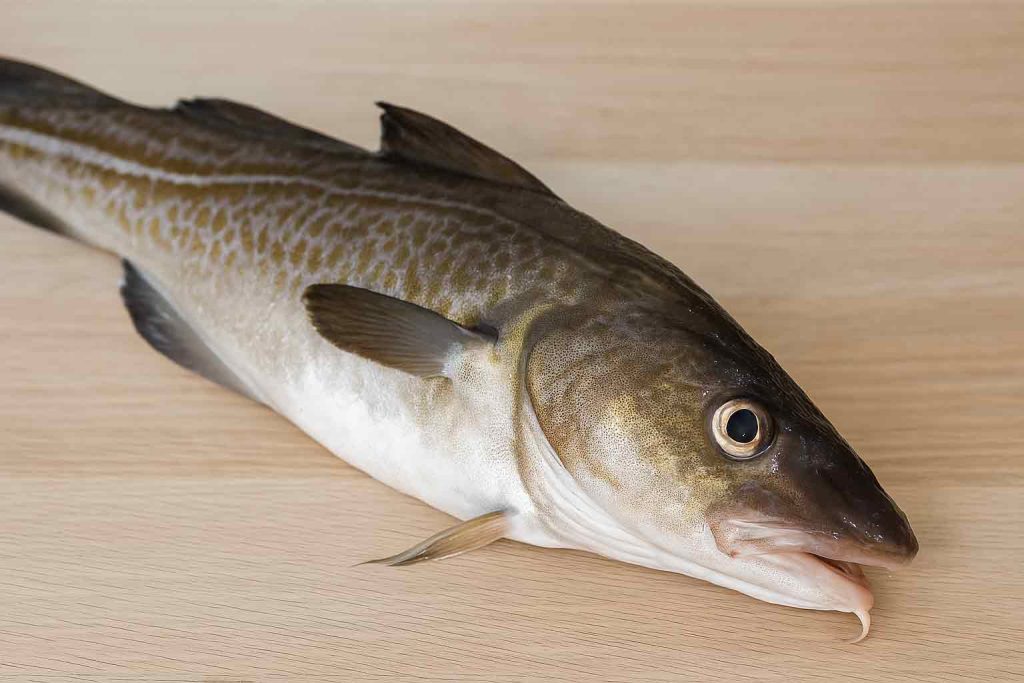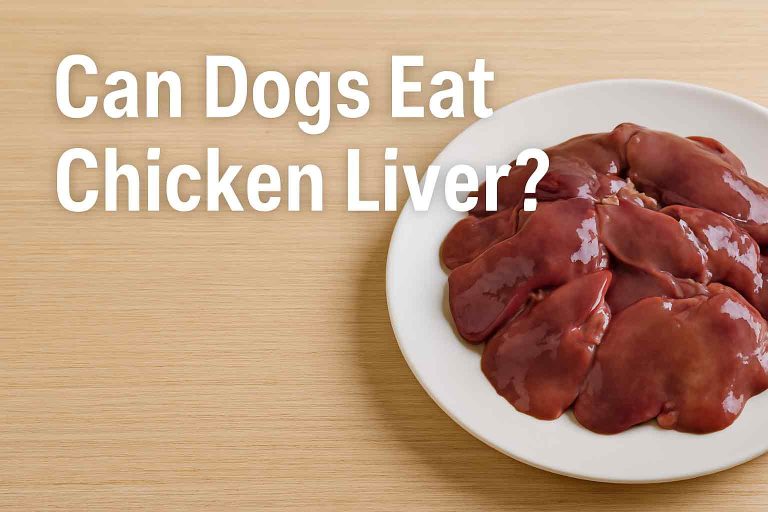Can Dogs Eat Cod? Benefits, Risks & Safer Alternatives
Table of Contents
- 1. Introduction
- 2. Is Cod Safe for Dogs?
- 3. Nutritional Benefits of Cod for Dogs
- 4. Potential Risks of Feeding Cod to Dogs
- 5. Raw vs. Cooked Cod: What’s Better?
- 6. How to Safely Feed Cod to Your Dog
- 7. How Much Cod Is Appropriate for Dogs?
- 8. Signs Your Dog Has Eaten Too Much Cod
- 9. Alternatives to Cod for Dogs
- 10. Frequently Asked Questions
- 11. Final Thoughts
- 12. Key Takeaways
1. Introduction
If you’ve ever asked yourself, “Can dogs eat cod?” you’re not alone. Many pet owners are curious about sharing seafood, including cod, with their furry friends. In this article, we will explore the safety, nutritional benefits, potential risks, and best practices for feeding cod to dogs.
2. Is Cod Safe for Dogs?
Yes, cod is generally safe for dogs when prepared correctly and served in moderation. Cod is a lean, nutritious fish that can offer numerous health benefits to your dog, including essential nutrients and proteins. However, how it’s prepared and the portion size matters significantly.

3. Nutritional Benefits of Cod for Dogs
Cod offers several important nutrients beneficial for dogs, including:
- High-quality protein: Essential for muscle maintenance and growth.
- Omega-3 fatty acids: Promote skin and coat health, reduce inflammation, and support brain function.
- Vitamins and minerals: Rich in vitamin B12, vitamin B6, phosphorus, and selenium, supporting overall health.
- Low in fat and calories: Ideal for weight management and overweight dogs.
4. Potential Risks of Feeding Cod to Dogs
Despite its benefits, there are some risks associated with cod:
- Bones: Cod contains small, sharp bones that pose choking hazards and digestive risks.
- Allergies: Some dogs may have fish allergies, causing digestive upset or skin reactions.
- Mercury content: While cod has lower mercury levels than many fish, excessive intake can still be problematic.
5. Raw vs. Cooked Cod: What’s Better?
Both raw and cooked cod have pros and cons:
- Raw cod: Retains more nutrients but carries a risk of parasites and bacteria.
- Cooked cod: Safer and easier to digest, although it loses some nutrients during cooking.
Cooking cod thoroughly (steaming, baking, or boiling) is the safest option.
6. How to Safely Feed Cod to Your Dog
Follow these tips for safely serving cod:
- Always remove all bones before feeding.
- Avoid seasoning or spices like garlic and onions, which are toxic to dogs.
- Serve cod in small, manageable pieces to prevent choking.
- Introduce cod slowly and monitor your dog for any adverse reactions.
7. How Much Cod Is Appropriate for Dogs?
Moderation is key:
- Small dogs: 1–2 small pieces (about 1–2 teaspoons).
- Medium dogs: 1–2 tablespoons, several times a week.
- Large dogs: Up to 1/4 cup, several times a week.
8. Signs Your Dog Has Eaten Too Much Cod
Watch for these signs of overconsumption:
- Digestive upset (vomiting, diarrhea)
- Loss of appetite
- Lethargy or decreased activity levels
9. Alternatives to Cod for Dogs
If you’re looking for alternatives, consider these healthy options:
- Salmon: Rich in omega-3 fatty acids.
- Sardines: Easy to digest and high in calcium.
- Tuna: Occasionally, but watch for mercury levels.
10. Frequently Asked Questions
Can puppies eat cod?
Yes, but only in small amounts and thoroughly cooked to avoid parasites and bones.
Is cod good for dogs with sensitive stomachs?
Yes, cod is generally easy to digest and suitable for dogs with sensitive stomachs.
Can dogs eat cod every day?
No, feeding cod daily isn’t recommended due to the risk of overexposure to contaminants and nutritional imbalance.
11. Final Thoughts
In conclusion, dogs can safely eat cod when served properly and in moderation. It provides valuable nutrients and health benefits, but awareness of potential risks and proper preparation methods is essential for your dog’s safety.
12. Key Takeaways
- Cod is safe and nutritious for dogs when prepared correctly.
- Always serve cod cooked and boneless.
- Feed in moderation to avoid health risks.
- Monitor your dog for signs of allergies or digestive upset.
- Consider alternatives if cod isn’t suitable for your dog.







